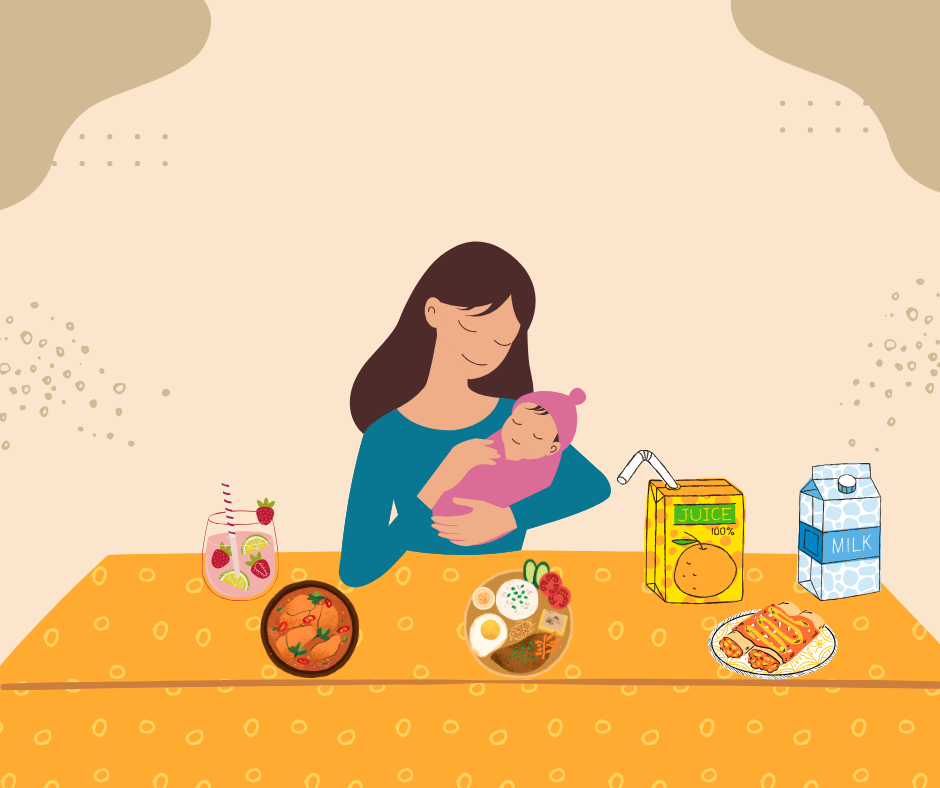|
Getting your Trinity Audio player ready...
|
When is the right time to introduce solid foods to your baby, and what should their first meal include? You might already have a plan or feel overwhelmed by the varying advice from family and friends. Deciding when to start solids depends on your baby’s individual development. Here are some signs to look for to determine if your baby is ready:
- Head Control: Can your baby hold their head up steadily? They should be able to sit in a high chair, feeding seat, or infant seat with good head control.
- Interest in Food: Do they open their mouth when food is offered? Babies who watch you eat, reach for your food, or seem eager to be fed may be ready.
- Swallowing Ability: Can they move food from a spoon to their throat? If they push the food out or it dribbles down their chin, they might not be ready yet. This is normal, as they’re used to only breast milk or formula. Start with diluted cereal and gradually thicken the texture over time.
- Weight: Has your baby doubled their birth weight (usually around 4 months) and reached about 13 pounds? These are general indicators they might be ready for solids.
How to Introduce Solid Foods
Begin with small amounts—half a spoonful or less—and talk to your baby during the process to make it enjoyable. At first, they may seem confused, wrinkle their nose, or even reject the food. To ease the transition, try offering a little breast milk or formula first, then a small amount of solid food, and finish with more milk. This helps prevent frustration if they’re very hungry.
Don’t be surprised if most of the food ends up on their face, hands, or bib. Start with just a teaspoon or two, allowing your baby time to learn how to swallow solids. If they cry or turn away, stop feeding and return to breastfeeding or bottle-feeding for a while before trying again. Remember, starting solids is a gradual process, and breast milk or formula will still provide most of their nutrition initially.
Should You Give Juice or Water?
Babies under 12 months do not need juice. After 12 months, limit 100% fruit juice to no more than 4 ounces per day and offer it in a cup, not a bottle. Juice can reduce their appetite for more nutritious foods and may cause diaper rash, diarrhea, or excessive weight gain.
Healthy babies don’t need extra water either, as breast milk or formula provides all the fluids they need. However, you can offer a small amount of water (up to 1 cup per day) when introducing solids, especially in hot weather. If your water is fluoridated, it can also help prevent tooth decay.
Building Healthy Eating Habits
Early eating experiences are crucial for developing lifelong habits. Encourage your baby to sit up, take food from a spoon, rest between bites, and stop when full. Family meals are also beneficial—research shows that regular family dinners positively impact children’s development.
Offer a variety of nutrient-rich foods and pay attention to your baby’s cues to avoid overfeeding. If you have concerns about your child’s nutrition, such as eating too much or too little, consult their doctor.
Starting solids is an exciting milestone, but it’s important to proceed at your baby’s pace and focus on creating positive, healthy eating experiences.



